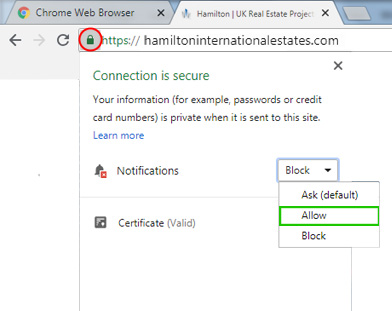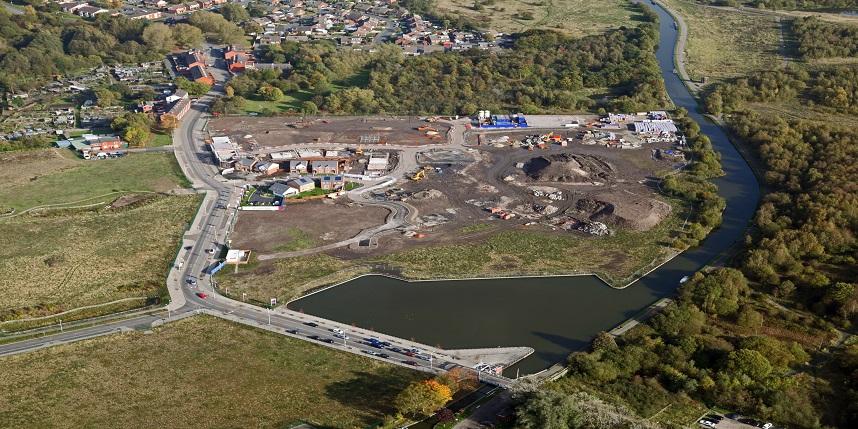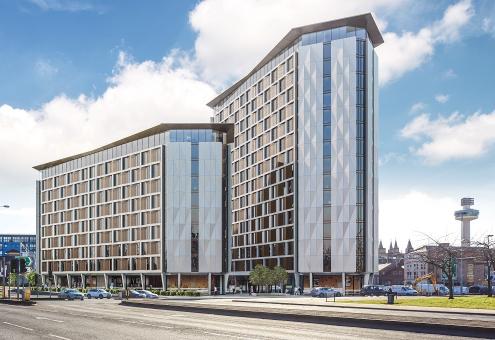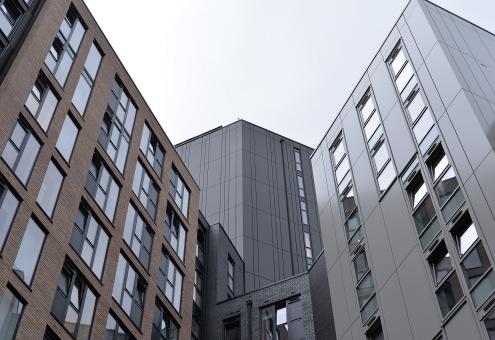Shortage Of Homes, Overcrowding and Surge in Sleeping Rough in the UK
01 Feb 2019
Housing Shortage in the UK
Affordable housing is fundamental for any city's future health and growth, and London is currently facing a severe housing crisis and equally worsening inequality. As a result, homes are needed to be built to satisfy the housing shortage UK.
Over a million people live in rented homes and face the problem of overcrowding, and survey data finds some 300,000 social homes are overcrowded. In 2017, over 600 people died on the streets in temporary accommodations in England and Wales, which was 24% up in the last five years.
According to the most recent information from the Ministry of Housing, Communities and Local Government, there has been an upsurge in the number of homeless by more than 165 per cent since 2010(1,768) in England.
The number of such people in London was 415 in 2010 and 1,283 in 2018. The data released by the CHAIN database finds the number of rough sleepers in the capital in Oct and Dec (2018) was up 25 per cent y-o-y to 3,289.
About two-thirds of the 89 councils have received government grants to fund hostel beds and hire staff to manage and reduce the number. As a result, the number of such people decreased in South and South East England but increased by over 16 per cent in Birmingham, London, and Manchester.
The Real Figure Can Be Higher and Additional Funds Needed to Meet the Demand
The homeless charities claim the data of people sleeping rough can be much higher as several hidden and unsafe dwellings have been located.
The Centerpoint research stated over 100,000 people aged 16-24 asked their councils for help as they were homeless or at risk. However, the authorities claim it is becoming increasingly difficult to control as the homeless services funding gap is over £100 million for 2019- 2020.
Social Housing, Affordable Homes and Market-Based Prices
In the 1980s, amidst inflation, housing issues and low funding, the city of London followed the USA example. They promoted private development, where the concept of the public city was replaced by market-based public funding.
Now, it is facing a shortage of truly affordable homes; the rising cost of living and high prices have forced people to remain on waiting lists or temporary accommodations while increasing homelessness. In addition, the people are burdened by social bills and face inadequate temporary housing options in the private renting sector.
In 2018, the country allowed the public sector to grow and become a major part of housing delivery.
Such developments were initiated in Birmingham, Bristol, and Manchester. Nevertheless, the lack of government funding for resolving the housing crisis is hampering development in this direction, where government lending data suggest the number of office-to-residential conversions fell 19 per cent per annum to 1,740 in 2017-2018. Moreover, the number declined by 44 per cent compared with 2014-2015.
The recent EasyMoney data claim the value of P2P lending fell to £13.8bn in November last year, whereas, in November 2013, the lending for property development business was £35.2bn.
The data suggest over 11 million square feet of central London office space, equivalent to 100 buildings in the capital centre alone, could have been given in June 2018 for such developments.
To know more about UK properties, click Hamilton International Estates (www.hamiltoninternationalestates.com).
Categorised in: All News












